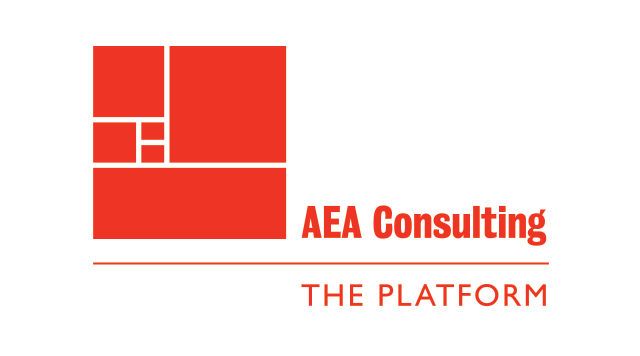As consultants, we are usually commissioned by clients to address specific challenges or opportunities that require detailed knowledge, much of which is gained as we do our research and due diligence in the context of that assignment. But we are also retained because after thirty-odd years we have gained some understanding of the cultural sector more generally, its dynamics, its history, and its ambitions. This is a distinctive strength, both in substance and optics. Our profile or brand, when compared with more generalist consultancies, is as ‘sector specialists.’ This does not mean that we are expert in every topic in our sector, but it does mean that we have a working mental map of the cultural sector and that we know both what we know and what we don’t know. (And when we don’t know, we usually know who does know and how to find them.)
That working mental map – what we think of as “AEA’s world” – is valuable as we structure our thinking in framing and solving our clients’ problems. We draw three overlapping vectors, with a broadly causal flow from the first through the second to the third, plus lots of smaller eddies circling back. They are:
- First, the world of external forces bearing down on the cultural sector – which factors and how they impact the sector and how organizations generally respond;
- Second, the internal dynamics of the cultural sector and what can be done to improve its health – both the interactions between agents (i.e., funders, artists, cultural-sector workers, audiences, nonprofit and for-profit institutions across different art forms, etc.) and the internal dynamics of different entities – museums, performing arts organizations, libraries, parks, foundations, community arts organizations;
- Third, the impact of the cultural sector and its actors on adjacent areas of public life, especially in public policy spheres such as economic and social development, tourism, health and wellbeing, social equity, etc.
Each of these three has associated with it distinctive research agendas, theories of change or logic models, and unresolved issues and debates that AEA monitors and to which we often contribute.
In the first vector – external forces impacting the sector – there are many areas where we have a longstanding understanding (e.g., the impacts of demographic change, philanthropy, public funding, and leisure patterns) and have been able to help our clients chart a course in response. There is also an upcoming wave of new ‘forces’ that will have a profound impact – these include emerging technologies like artificial intelligence, blockchain, augmented and virtual reality, and their collective impacts on artistic production, the visitor experience, on privacy; the cultural sector’s understanding of its responsibilities vis a vis the climate crisis; and the (re)emergence of populist geo-politics. These forces, while not wholly new terrain for AEA and the sector, are not well mapped, and they represent a critical emerging research agenda. We are investing heavily.
In the second vector – the cultural sector and its internal dynamics – there are areas like capitalization, infrastructure investment, strategy, governance, the dynamics of cultural districts – where AEA knows a great deal and indeed where we have made some original contributions. There are other areas, such as audience engagement and marketing, that are the day-to-day realms of others, but where we have developed a working knowledge. Here, too, we see new forces, though they are usually evolving from existing dynamics as the first vector makes its mark: the need for deeper community engagement strategies and the restless search for relevance; how organizations respond to new ways of work; or the place and value of a strong brand.
The third vector – the impact of culture on adjacent policy areas – is where there is now a decade or two of research (and of course, even more advocacy disguised as research). It is where the cultural community ‘leans in’, in search for funding, influence, and impact – what we have sometimes called ‘ampersand territory’: the arts & tourism, the arts & health and well-being; the arts & social equity; the arts & job creation; the arts & city branding; the arts & placemaking… AEA’s distinctive contribution here is not usually to undertake primary research but to create a better dialogue between academics, policy makers, and practitioners – to scour the research for reliably applicable insights from the vast body of academic research in this area. The challenge here is not primary research or theoretical lacunae, but better information arbitrage.
None of these three vectors has hard lines around them – they shade off into each other – and the causal relationships are a bit muddy too. Culture in its broadest sense is a massively powerful social force, so outcomes are complex: culture affects, for example, social media, which then affects the cultural sector in a feedback loop. But there is nevertheless a strong link at play as the sector adapts to maintain an essential place in society, and position us for a better future: social, economic and technological forces -> internal cultural dynamics -> the impact of the arts on society and economy.
The quality of our work then – as consultants in the cultural sector – is undoubtedly improved by our being diligent students of these vectors and their relationships – lifelong learners, as we unequivocally are, and occasional teachers as well. This is what AEA tries to bring to each assignment – a little deeper or a little wider each time – and what we look forward to bringing to you through The Platform. That and our enduring sense of the privilege and pleasure of spending our professional lives engaged in addressing complex problems never more than a step or two away from the creative process and its results.
